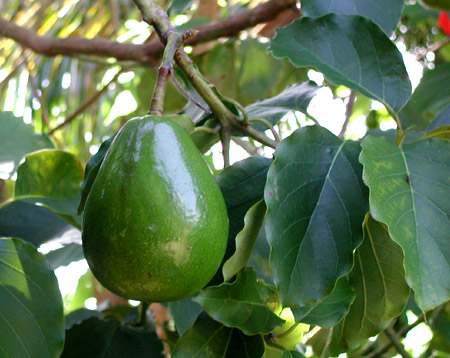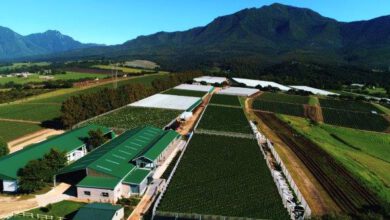Irrigation control importance during transition from winter to summer
Using tensiometers can constitute an excellent source of information for decision making in regard to irrigation programs
Shachar Tavor, Shachar@deshengat.co.il Gat Fertilizers Agronomist


we are in the transition period, between the winter’s end, looking forward to the spring. in terms of irrigation, we are in a challenging period :
• the amount of sunlight radiation changes according to cloud coverage.
• unknown quantities of rain.
• dry spells.
• easterly drying winds.
• inconsistent temperatures.
all these factors cause irregular water consumption, making it difficult to determine when to irrigate and the appropriate daily water compensation.
questions arise – what is the correct amount of water for irrigation? at what intervals? considerations of the soil structure (sandy/clay-like). plot topography.
in this uncertainty, we need more information about evaporation, plant condition, and soil moisture content to answer the above questions.
using tensiometers can constitute an excellent source of information for decision making in regard to irrigation programs, particularly in transitional seasons, and provides the following advantages:
more accurate assessment of timing and water compensation according to plant consumption, despite the irregularity of daily evaporation.
early cessation of rainfall in march or april when ground temperatures are still low and trees consume water, requires re-hydration. for example, this past january was warmer and dryer than usual, forcing farmers to irrigate to relieve water stress.
alternatively, a late rainy season where “technical” irrigation may be required to feed plants.
preventing drainage of salts to the root zone – in saline soils or saline irrigation water, it is important to begin irrigation early to prevent root activity at the saline edges, even though the soil is wet from winter rains. reduction and prevention of damage to plants, such as loss of leaves, flowers, and fruit.
by using gat fertilizers – gatense monitoring system for irrigation management which includes tensiometers, it is possible to receive soil water content data, enabling irrigation and fertilization at the proper time and in correct quantities, so that plants will receive just the necessary amount of water and nutrition required.
it is important to install the tensiometers correctly (we will be delighted to share our experience) in the field, for continuous reception of accurate data on water availability for plants in the root zone, to make the right decisions for irrigation management.
here are the considerations in the correct placement of tensiometers in the orchard:
• locate in a characteristic tree in the plot.
• place at the main stock or at the most sensitive to water deprivation.
• in sloped tracts, place at one-third of the slope.
• in a planted ridge plot, same as above.
• in plots with varied types of soil, place in the primary soil type.
• insertion in the intermediate area of wetting cross-section. not underneath drippers and not in the perimeter dry area of the wetting cross-section.
• maintain a set distance from the drip source – 5-15 cm. according to soil structure.
• it is recommended to anchor the dripper extension to the ground to preserve a fixed position between the dripper and the tensiometers.
an example of a graphic presentation in a date plantation for the gat fertilizers gatense system:
.jpg)
the graph shows the following: the horizontal axis represents time by date and hour.
the left vertical axis represents the amount of water in liters per dunam [1/10 hectare] that was irrigated in the plot – the blue line represents the cumulative amount of water during irrigation. in addition to the amount of water per dunam for irrigation, it is possible to see precisely when the irrigation was turned on and when it was closed, and according to that, we can see the response time of the tensiometers at different depths from the beginning of the irrigation.
the second vertical axis represents water tension in centibars – green colored according to the depth of the tensiometer.
also, soil and air temperature can be seen (not in the above graph).
the above graph provides the following information:
• the tensiometers are all synchronized, responding together, meaning that the entire root system is active – the desired condition in a cross-section of the plant’s roots.
• the farmer irrigated the plot regularly upon reaching approximately 27 centibars, using the right amount of water to achieve rehydration in the cross-section.
• amount of water for optimal irrigation – when irrigation is completed, the water tension at all depths reaches an ideal condition, and shortly after irrigation is finished the tensiometer pressure begins to rise, which attests to optimal irrigation management – optimal ventilation conditions which enable efficient root functioning at all depths.
gat fertilizers offers its customers an individually tailored service plan, including a variety of plant sensors according to the type of plant.
agronomic consultation to support decision-making regarding fertilizing and irrigation.
intelligent analysis of the data received from the system.
further information can be received at customer service, or from the regional agronomist. www.gatfertilizers.com




